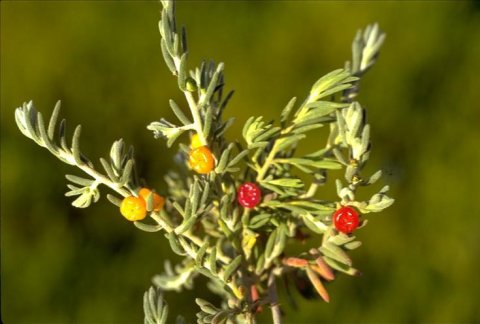Climate Matching Map
| Attachment | Size |
|---|---|
| climatematch-enchylaena_tomentosa-arizona-20251102.pdf (1.05 MB) | 1.05 MB |
1. Question 1
2. Question 2
California, Arizona, Hawaii and Israel (Weeds of Melbourne, 2019). All of these sites are climate matches for the natural Australian range of the plant, except Hawaii, and this may be a shortcoming of the resolution of the climate match tool. The climate match tool may have difficulty indicating climate matches for oceanic islands which are quite small on the global mapping scale. These islands often have great disparity in climates on different sides of the islands.
3. Question 3
4. Question 4
5. Question 5
6. Question 6
7. Question 7
8. Question 8
9. Question 9
10. Question 10
11. Question 11
12. Question 12
13. Question 13
14. Question 14
15. Question 15
16. Question 16
17. Question 17
18. Question 18
19. Question 19
20. Question 20
Evaluation Notes
New Climate Match map and link added; some typographical corrections made to references for new web platform. Answer to #6 was not proofed against new map. Reference that could not be located for indigenous use of E. tomentosa d was replaced w/ Fitzpatrick 2021. J. Burger 11/2/2025






